The reversible USB type-C connector is something that the industry has been waiting for since the introduction of the original USB bus in 1997. This year PCs, computer components and mobile devices finally started to incorporate USB-C receptacles, but not all implementations necessarily support all features introduced by the latest version of the USB specification. Apparently, there are nine possible implementations of USB-C ports with different functionality.
The latest Universal Serial Bus 3.1 specification introduces the new reversible 24-pin type-C receptacle as well as a number of innovative features that greatly expand usage of the USB bus, but retain full compatibility with previous versions of the standard. Key improvements of the USB 3.1 and the USB type-C are higher performance, improved power delivery, universal connector and vendor-specific capabilities. The key idea behind the USB 3.1 type-C is to create one interconnection that does everything.
The USB 3.1 not only increases physical data signaling rate to 10Gb/s, but it also changes its encoding scheme to 128b/132b (inherited from PCI Express 3.0), which greatly lowers line encoding overhead to 3 or 4 per cent. In theory, peak bandwidth of a perfect USB 3.1 implementation could be as high as 1.2GB – 1.25GB/s. In addition, the USB 3.1 supports USB power delivery 2.0 specification, which allows one cable to transfer up to 100W of power to a device. Finally, USB type-C and USB 3.1 allow IHVs [independent hardware vendors] to implement their own functional extensions via Alternate and Accessory Modes to differentiate their products. Unfortunately, far not all features are compulsory for implementation.
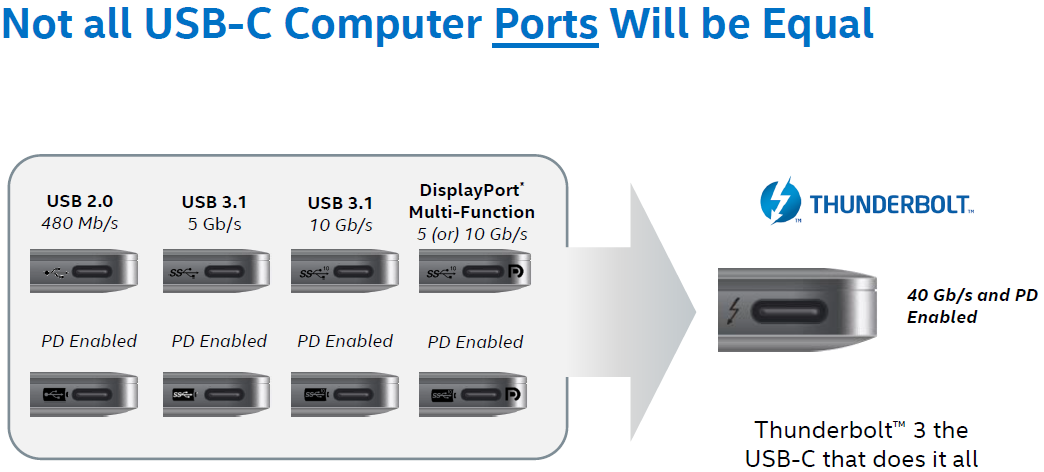
As it turns out, the USB-C receptacle can be used with virtually any USB 2.0, USB 3.0, USB 3.1 or Thunderbolt 3 controller. This allows various vendors to build new devices without using of advanced, expensive and power hungry USB 3.1 controllers as well as appropriate power and signal management ICs. However, this means that different devices with the exact same connector will support different (480Mb/s, 5Gb/s or 10Gb/s) data-rates. Moreover, vendors may or may not add support for DisplayPort functionality via USB-C port, which means that select devices will feature display output, whereas others with the same port will not. Finally, some devices will support USB Power Delivery technology, whereas others will not. A good news is that the USB implementers forum has designed eight distinguished labels that describe capabilities of different USB-C ports. A bad news is that the presence of a USB 3.1 type-C connector does not automatically mean anything.
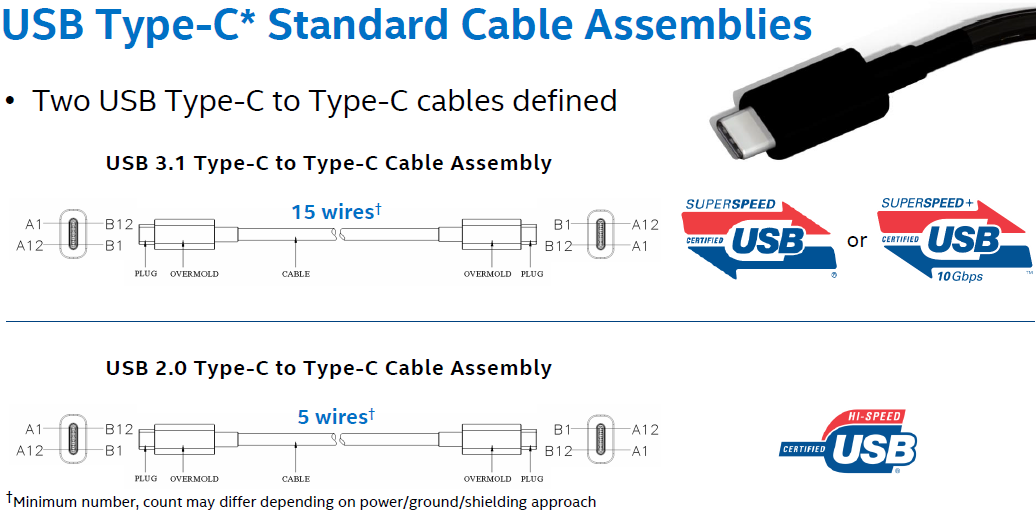
At present the only implementation of the USB 3.1 type-C connector that fully supports all features of the standard can be built using Intel Corp.’s “Alpine Ridge” controller, which also supports the company’s 40Gb/s Thunderbolt 3 technology. Ironically, to support all the capabilities of the USB 3.1 spec, IHVs have to use a controller that supports competing Thunderbolt 3 interconnection bus. At present Gigabyte Technology is the only maker of mainboards, which uses Intel’s “Alpine Ridge” on its Intel Z170-based platforms and supports all the features that the USB 3.1 has to offer with Thunderbolt 3 on top of that.
In addition to different kinds of USB type-C ports, there are different types of USB type-C cables, including USB 3.1 type-C to type-C cable assemblies with 15 wires inside as well as USB 2.0 type-C to type-C cables with 5 wires inside. A fully-fledged USB type-C cable is active, electronically marked cable, with an ID chip that contains vendor-defined messages (VDMs) from the USB Power Delivery 2.0 specification as well as other information necessary to support additional functionality. To make things even more complicated, there will be a host of legacy cable assemblies and adapters that will help to connect new devices to old systems as well as old devices to new systems.
Over time, all implementations of the USB type-C receptacles will support 10Gb/s data-rates as well as power delivery capabilities. However, nowadays there is a clear mess with different USB-C versions. The only way to get a device with a USB 3.1 type-C port done right is to get a product that supports Intel’s Thunderbolt 3, the port that truly does it all.
Discuss on our Facebook page, HERE.
KitGuru Says: Different implementations of USB-C allow to build cheaper devices and make the new connector more widespread. However, such approach creates an incredible mess and confuses a lot of potential buyers and greatly devalues the USB 3.1 type-C technology in general.
 KitGuru KitGuru.net – Tech News | Hardware News | Hardware Reviews | IOS | Mobile | Gaming | Graphics Cards
KitGuru KitGuru.net – Tech News | Hardware News | Hardware Reviews | IOS | Mobile | Gaming | Graphics Cards


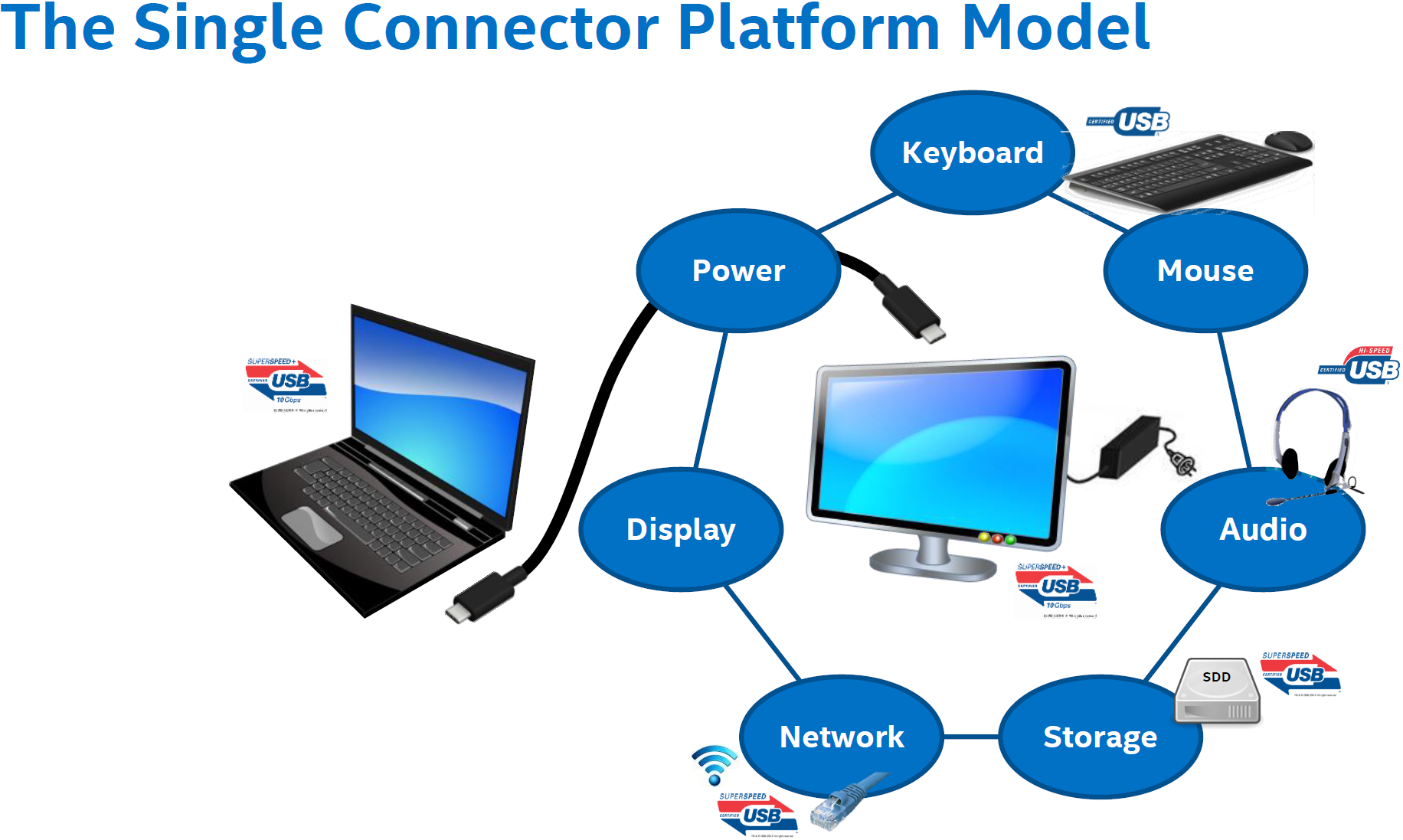
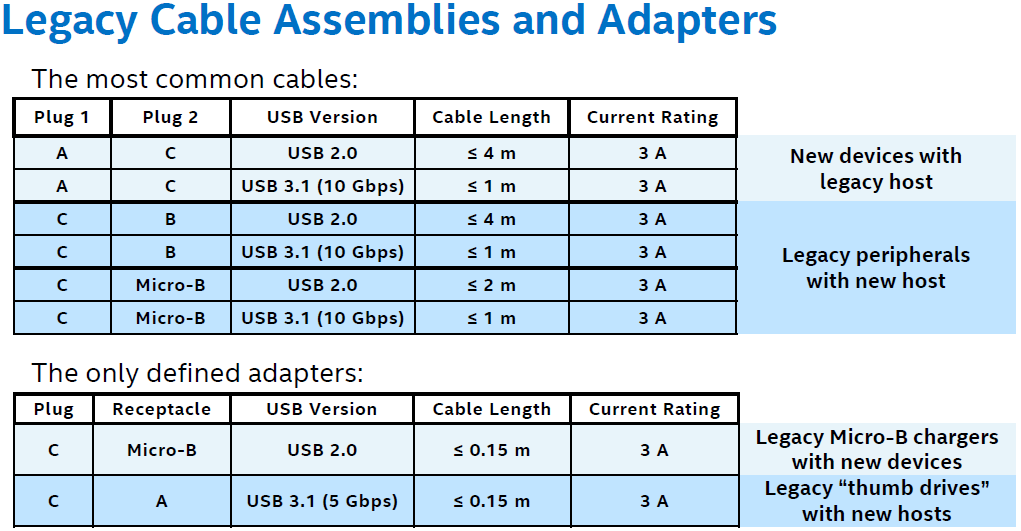
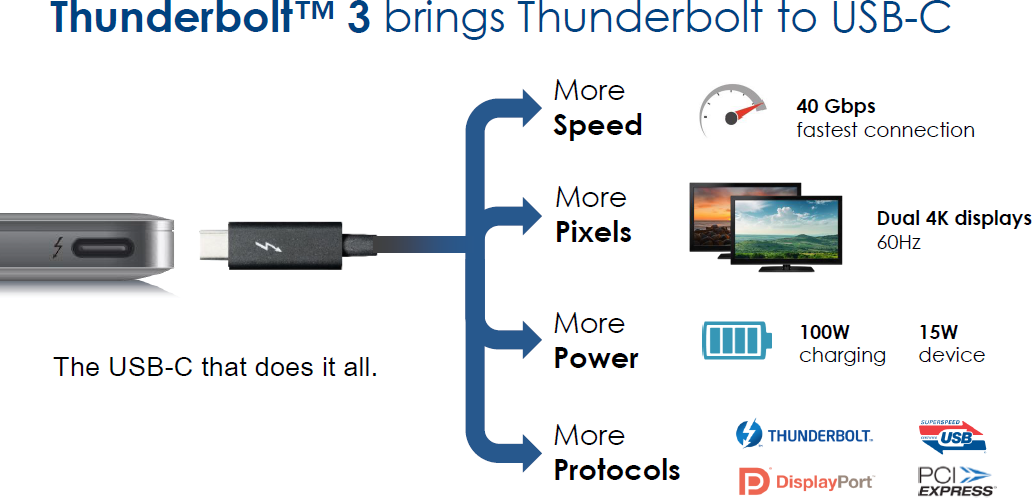

Way too confusing! I was looking forward to trying it next time I upgrade my system but it sounds as if my upgrade will happen before the USB people get themselves sorted out 🙁
What’s more important is for cases to adopt the new technology asap, not just motherboard makers. Sure, I do use 4 USB ports on the back, but I also use all 4 ports on the front side of my case. As soon as mobile phones evolve to type-C (which should be next year, if the iPhone 6S doesn’t do it first?) I’ll need my case to charge my new phone, preferably like a QuickCharge 2.0 charger would.
WORK AT HOME SPECIAL REPORT………After earning an average of 19952 Dollars monthly,I’m finally getting 98 Dollars an hour,just working 4-5 hours daily online….It’s time to take some action and you can join it too.It is simple,dedicated and easy way to get rich.Three weeks from now you will wishyou have started today – I promise!….HERE I STARTED-TAKE A LOOK AT….t.
➤➤➤➤ http://getmoredailyextratoplevelworkzone/finance/working/…. ⚛⚛⚛⚛⚛⚛⚛⚛⚛⚛⚛⚛⚛⚛⚛⚛⚛⚛⚛⚛⚛⚛⚛⚛⚛⚛⚛⚛⚛⚛⚛⚛⚛⚛⚛
That’s not confusing at all. You only have 4 basic implementations of USB Type C port:
– 2.0 (480 Mbps) for devices that just need power (ex: chargers) or not much speed (ex: printers)
– 3.0 (5 Gbps) for devices that use the new port design (ex: USB pen drive)
– 3.1 (10 Gbps) for devices that need that speed
– Thunderbolt, where all this is granted (ex: screens with displayport) and some more speed (40 Gbps) is added.
This is something that will only worry manufacturers when they choose what best fits the device thei’re selling and, as explained, they will tell the customer what version it is.
This is the main confusion I have heard, so let’s clarify: USB type-C is NOT = to USB 3.1
A, B, micro-B or type-C are just the formats of the plug.
All USB 3.1 will transfer up to 100W and up to 10Gb/s with 128b/132b encoding meaning transfer rates of 1.21 GB/s.
Take a seat while waiting… the only implementation in the near future is in the form of a 5,25″ bay with 2 USB 3.1 ports (none of them with Thunderbolt capabilities), like the one sold by ASRock.
The closest I’ve seen of a finished product was a Silverstone prototype case: microATX TJ08-Pro – and it’s not been released yet.
Maybe by the Spring/Summer of 2016 we’ll be seing cases in the market with front panel USB 3.1.
And maybe in the end of 2016/2017 we’ll see some of those with full Thunderbolt implementations.
It depends on case manufacturers, but it depends even more on the agreement for the USB 3.1 standards by Intel and AMD and respective motherboard manufacturers. Skylake was not the time. Zen won’t be the time. Skylake Refresh probably won’t be the time. Maybe Kaby Lake… maybe.
So, in the other words, if you plan to future-proof you next device, make sure you’re aiming for USB type-C/3.1 device/cable/drive
It’s confusing for most people.
What is the type of small USB on the Fire HD 8 tablets?
The only really important functionality for me is the DisplayPort over USB, as I don’t plan on powering coffee machines from my notebook or phone. And here comes the problem: the notebook manufacturers are extremely reluctant to divulge whether their devices support DPoUSB (and no, it isn’t the same as DisplayLink). So the only way to find out often is to buy the device, test it, and return it, which is an outrageous waste of time (for me) and resources (for the equipment vendors).
Even USB-C being technically separate from Thunderbolt 3 is way too complex for most people. I’m pretty technical and I had to learn the hard way that a USB-C cable will not connect to a display unless it’s ALSO a TB3 cable.
Hell, there’s even a divide between TB3 cables that can handle the 40GB/s needed for 5K displays or external GPU connections, and ones that can only handle 20GB/s (TB2 speed) due to insufficient (but lower cost) shielding.